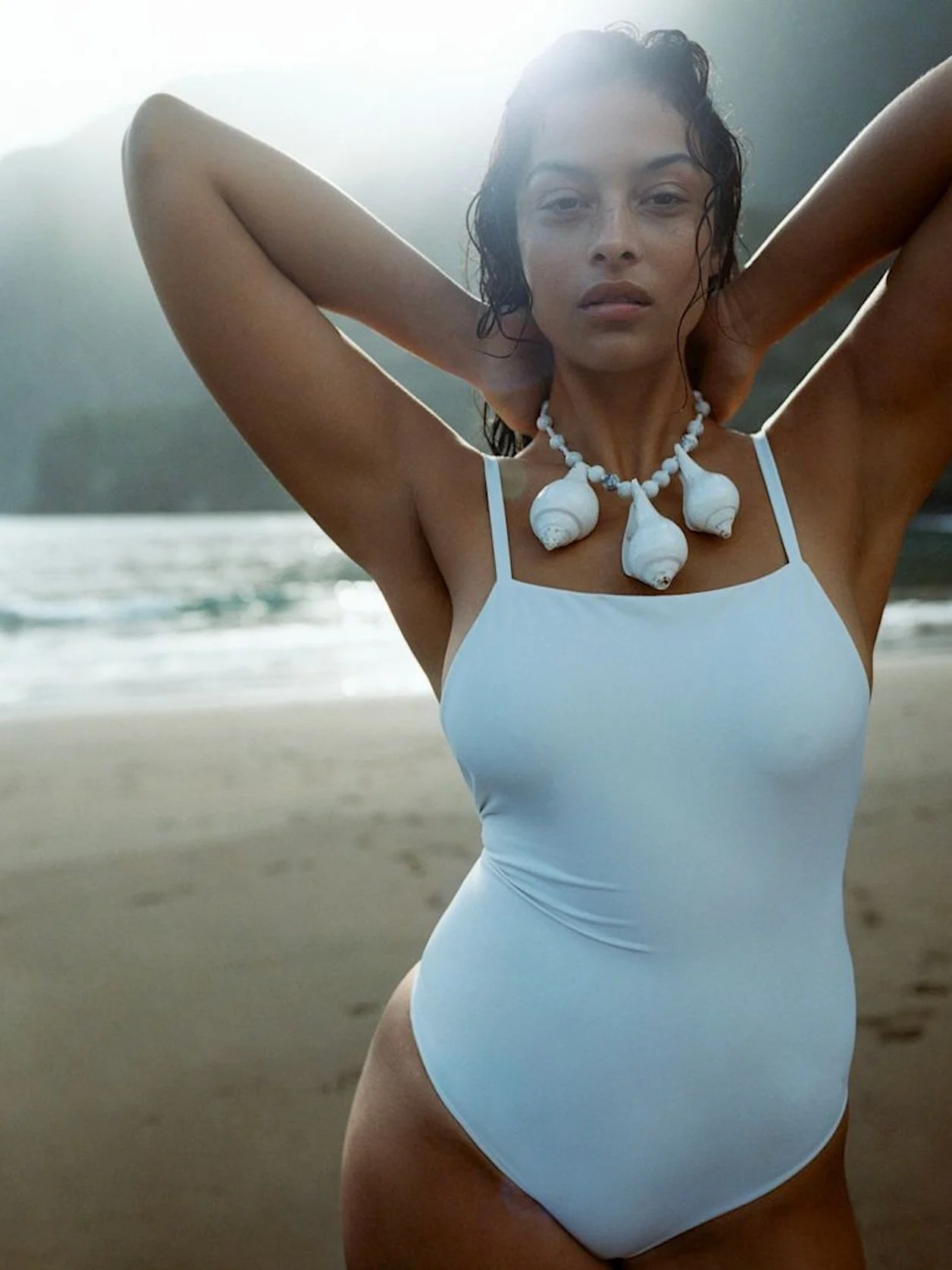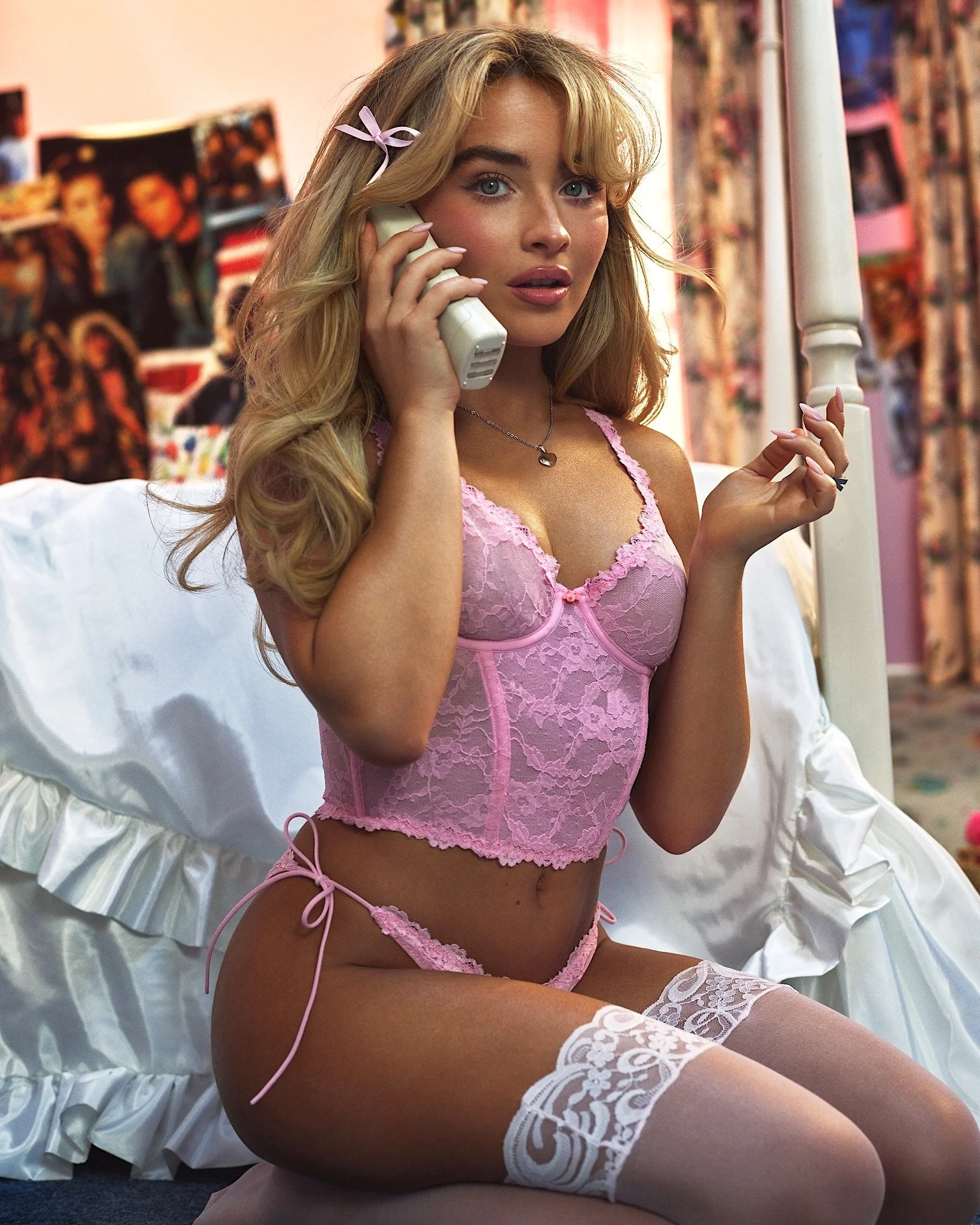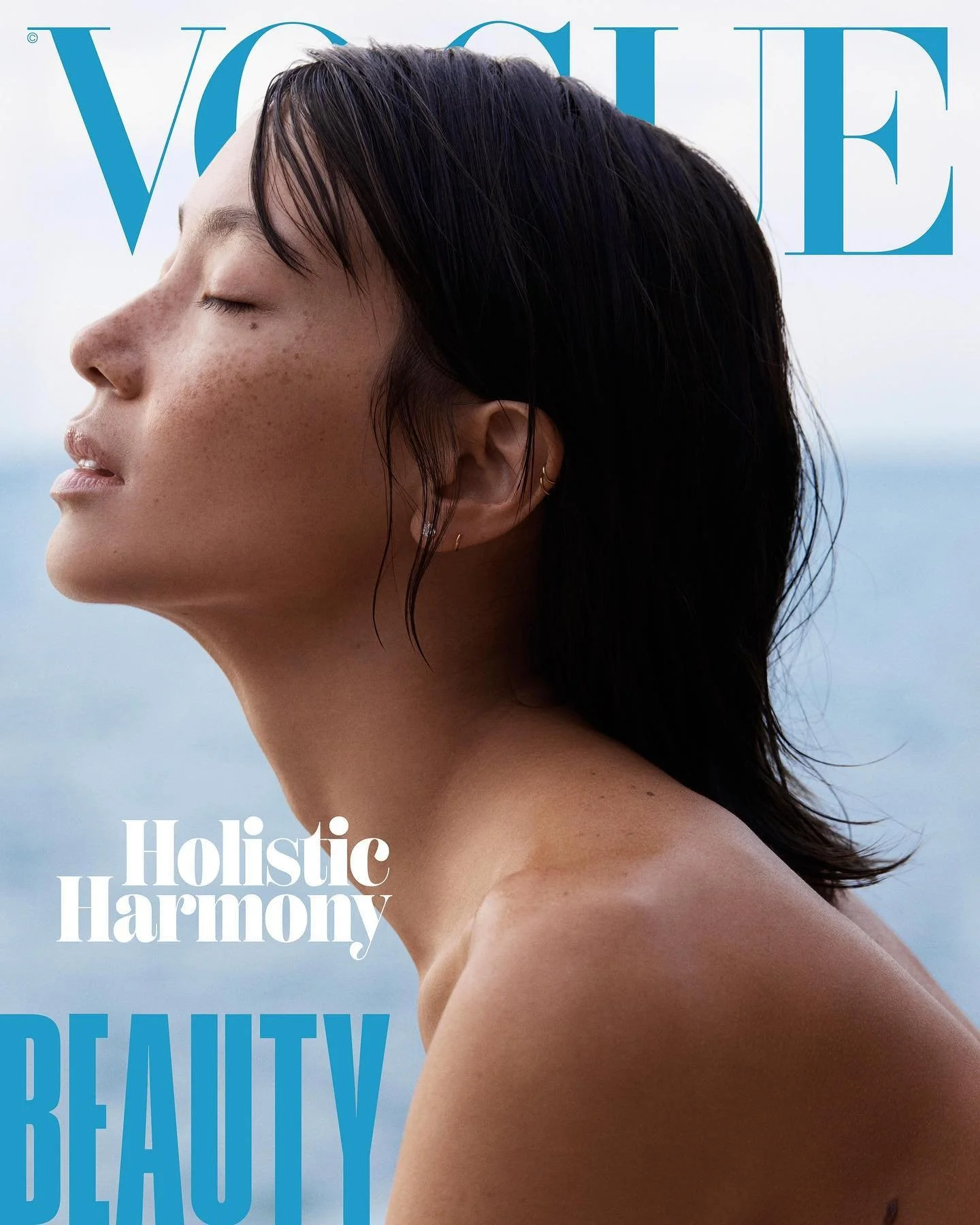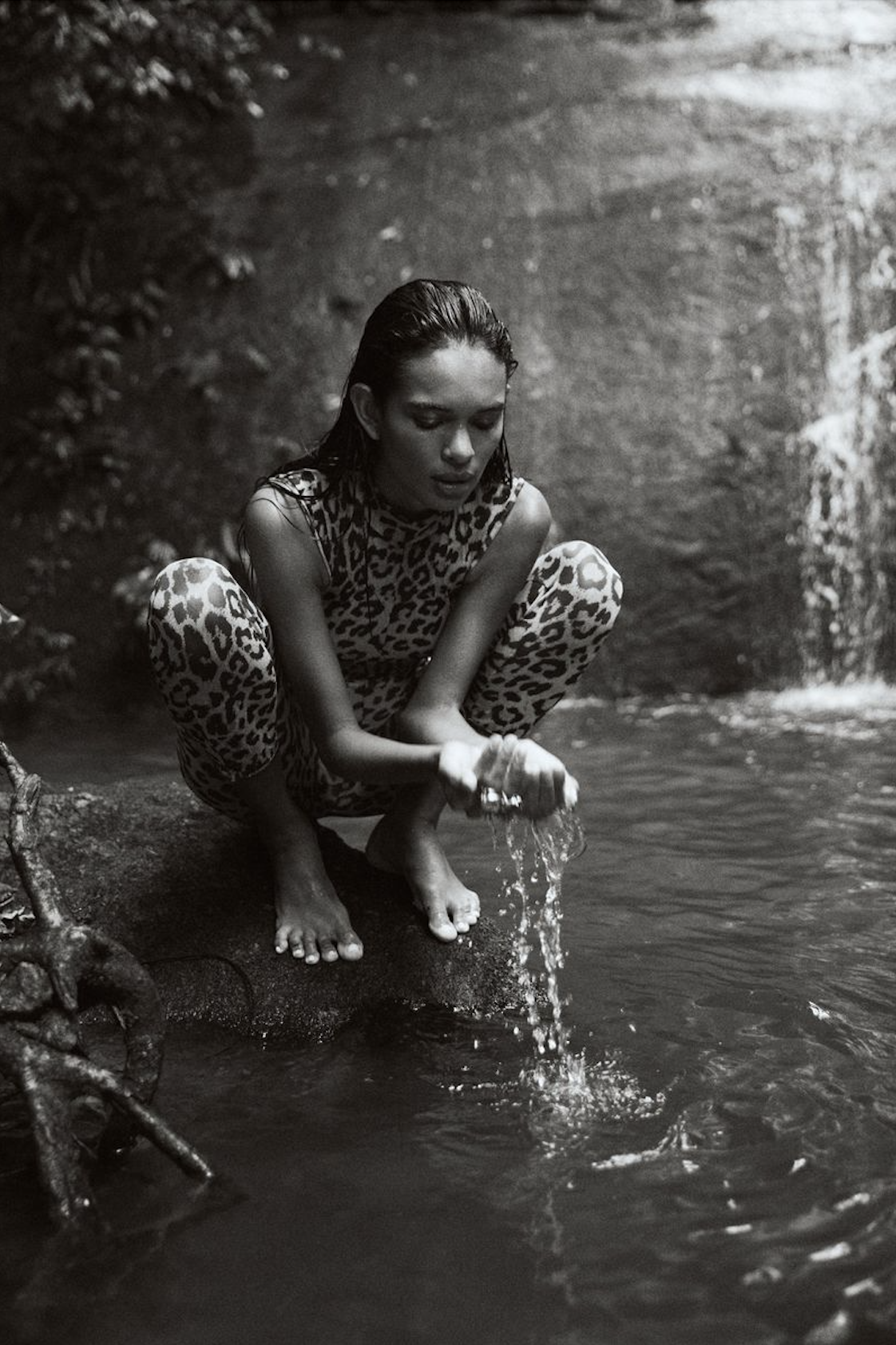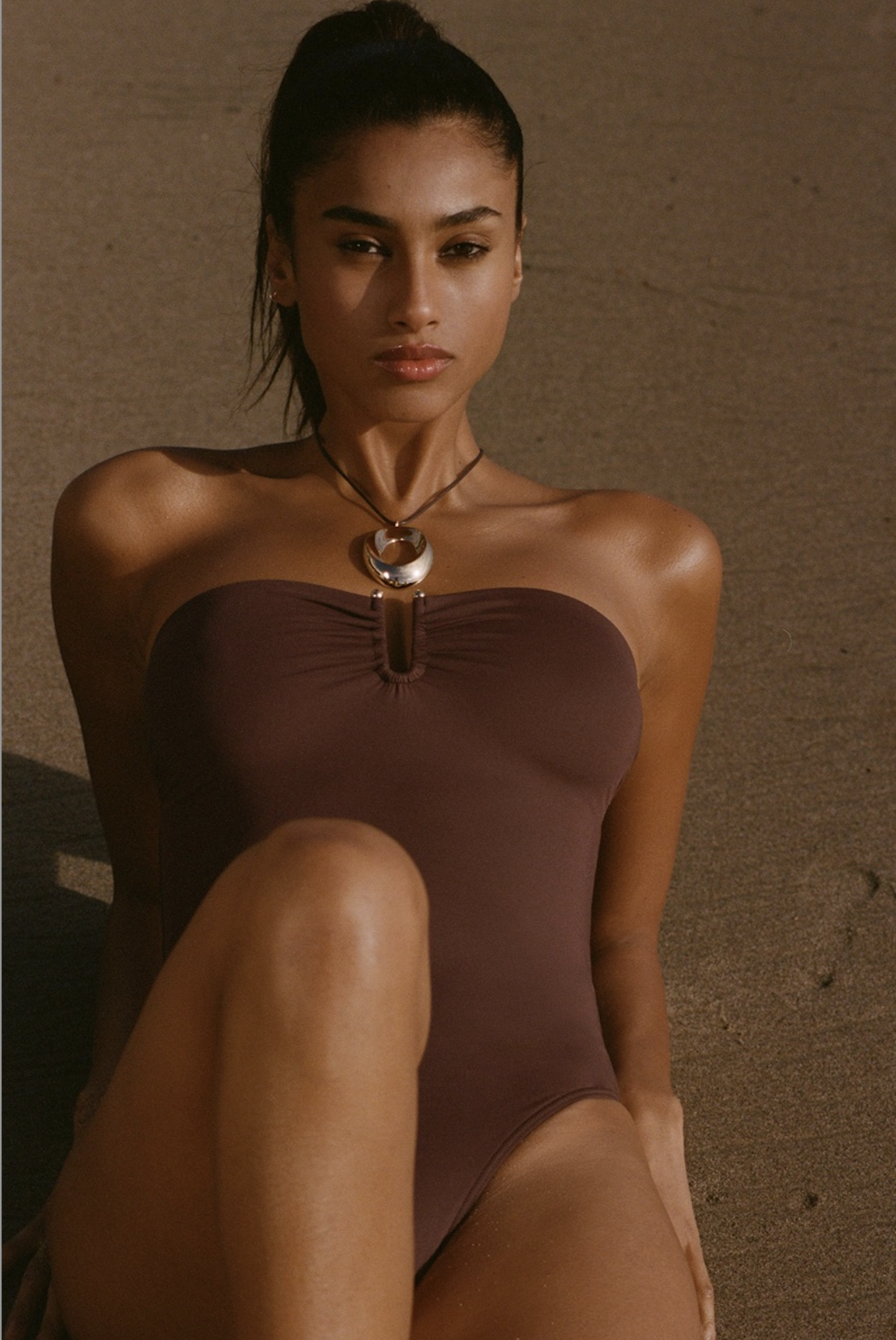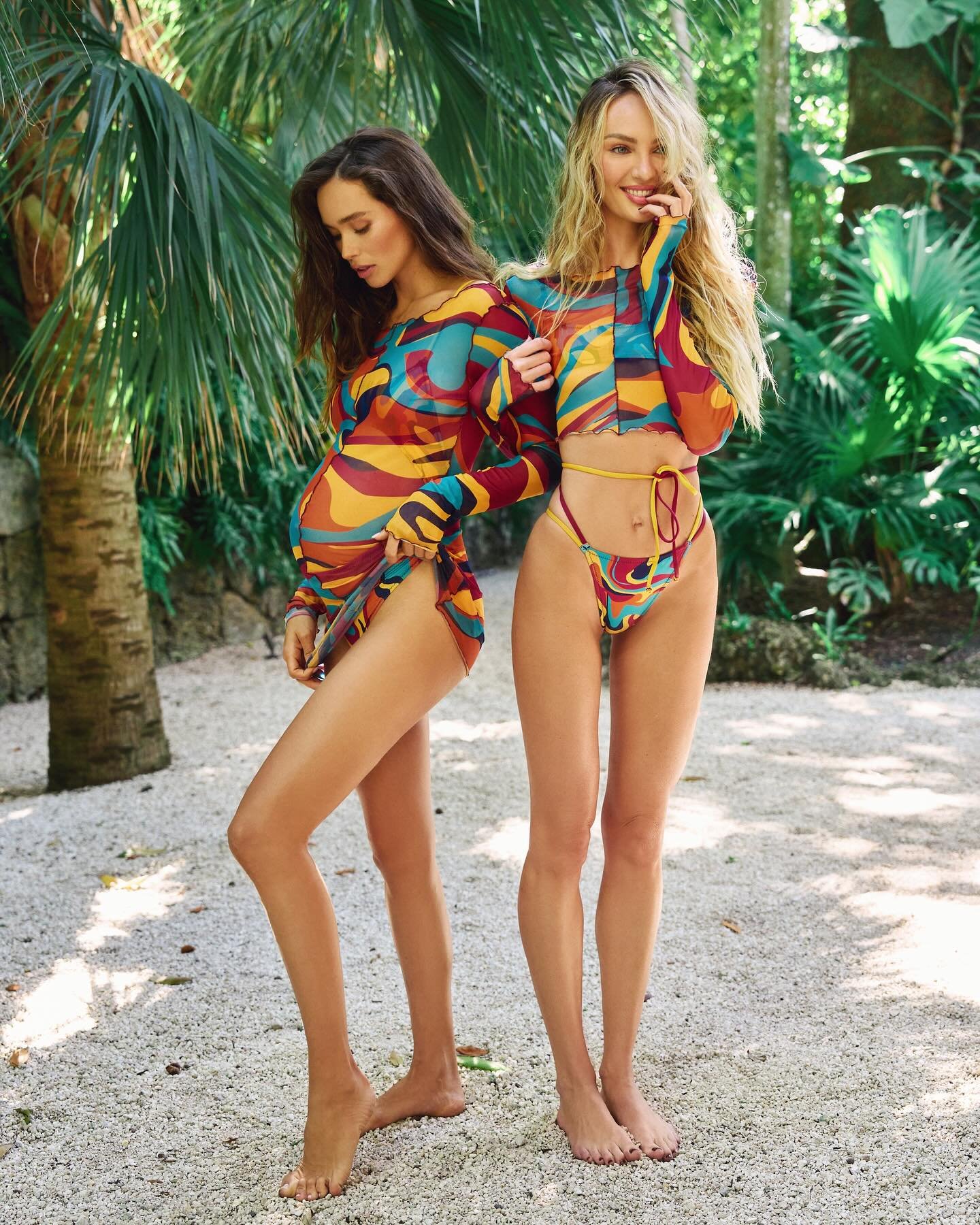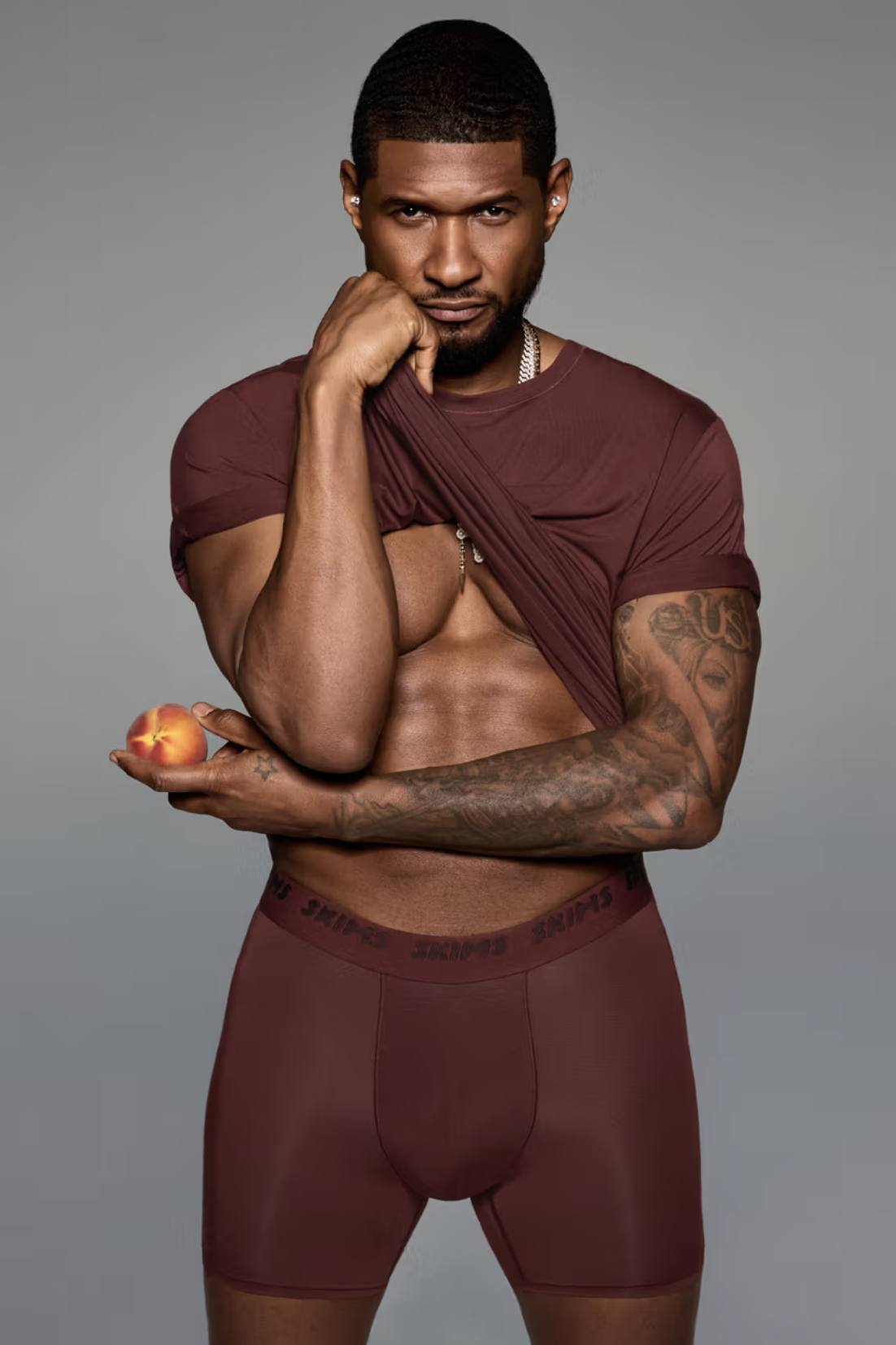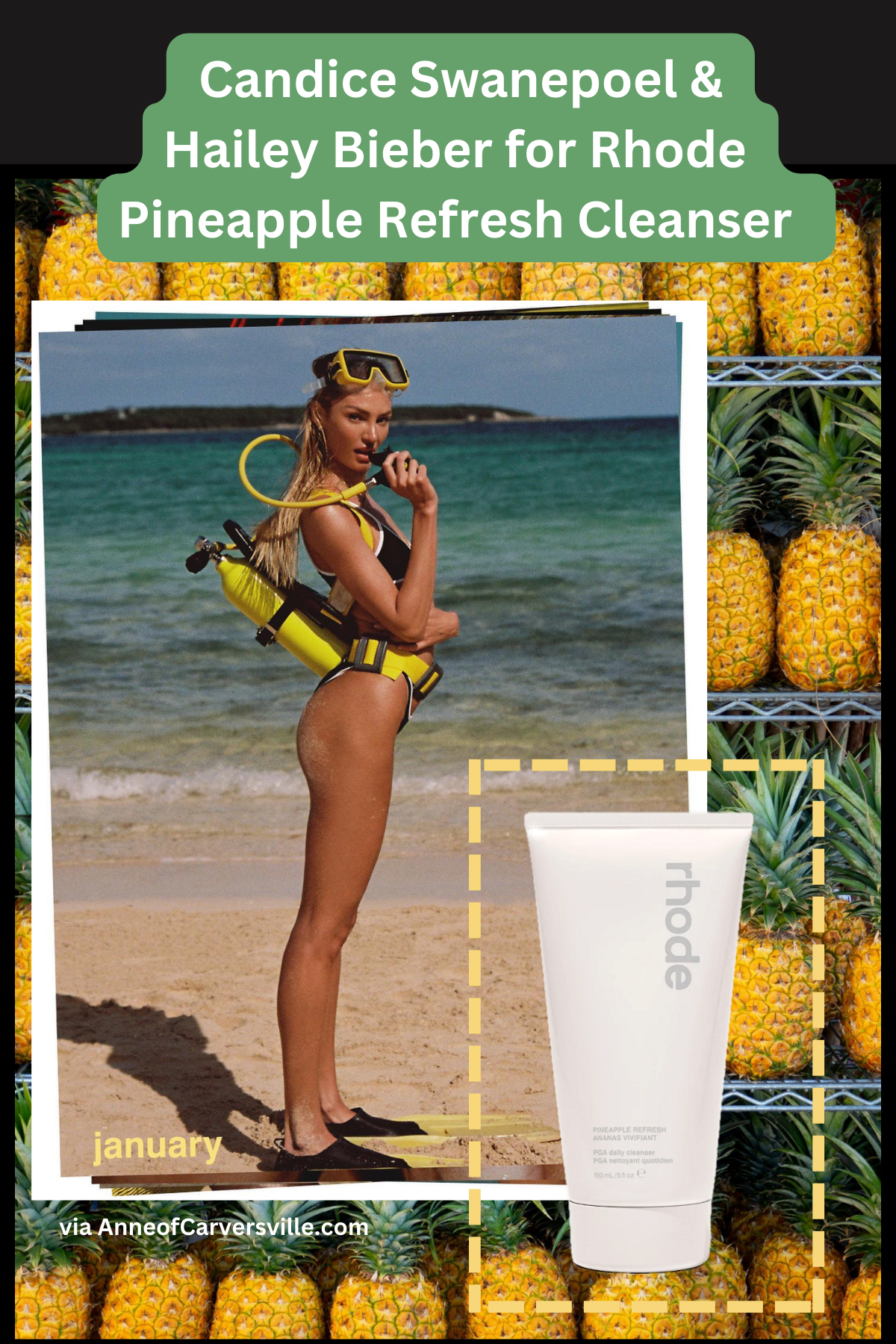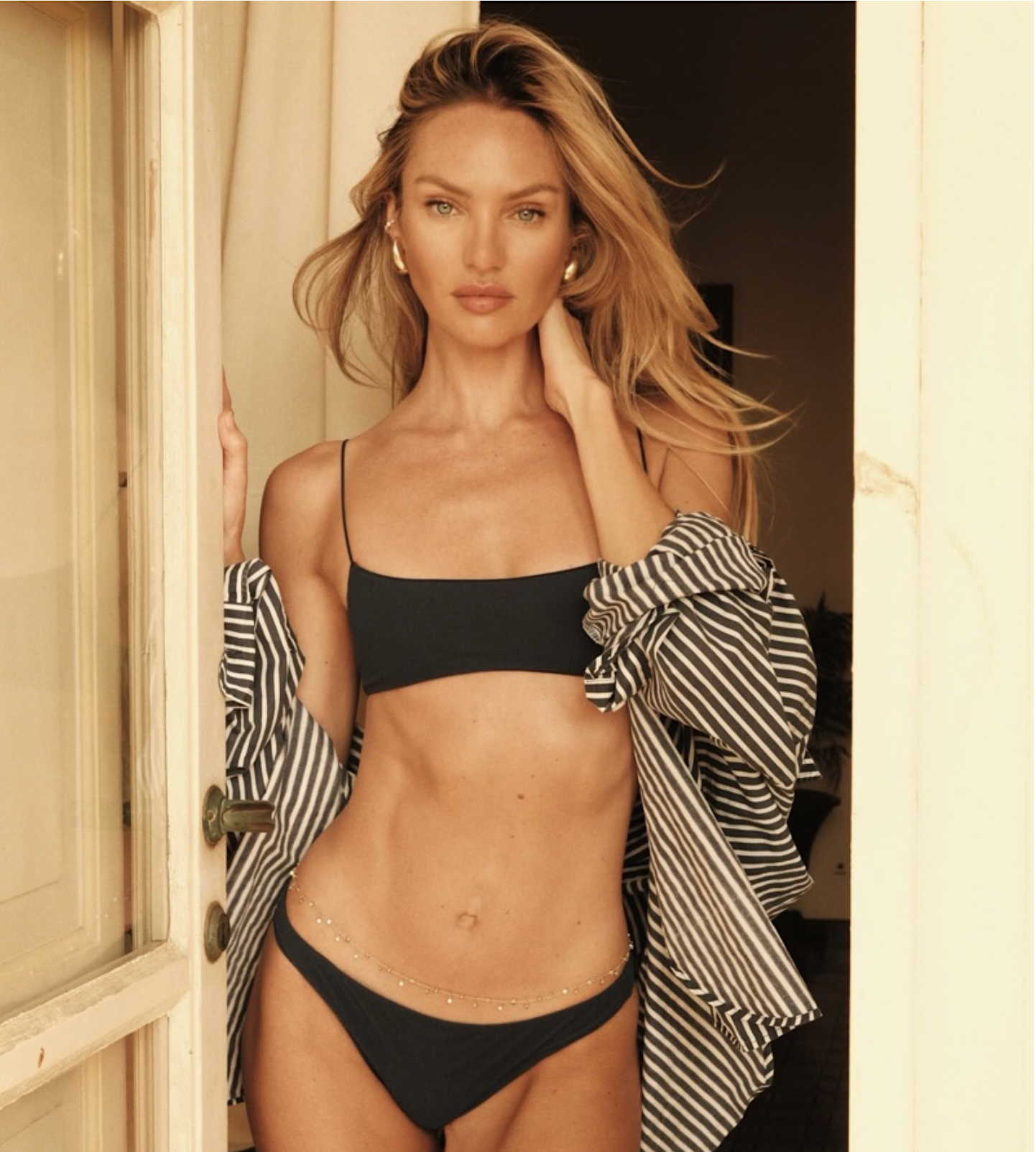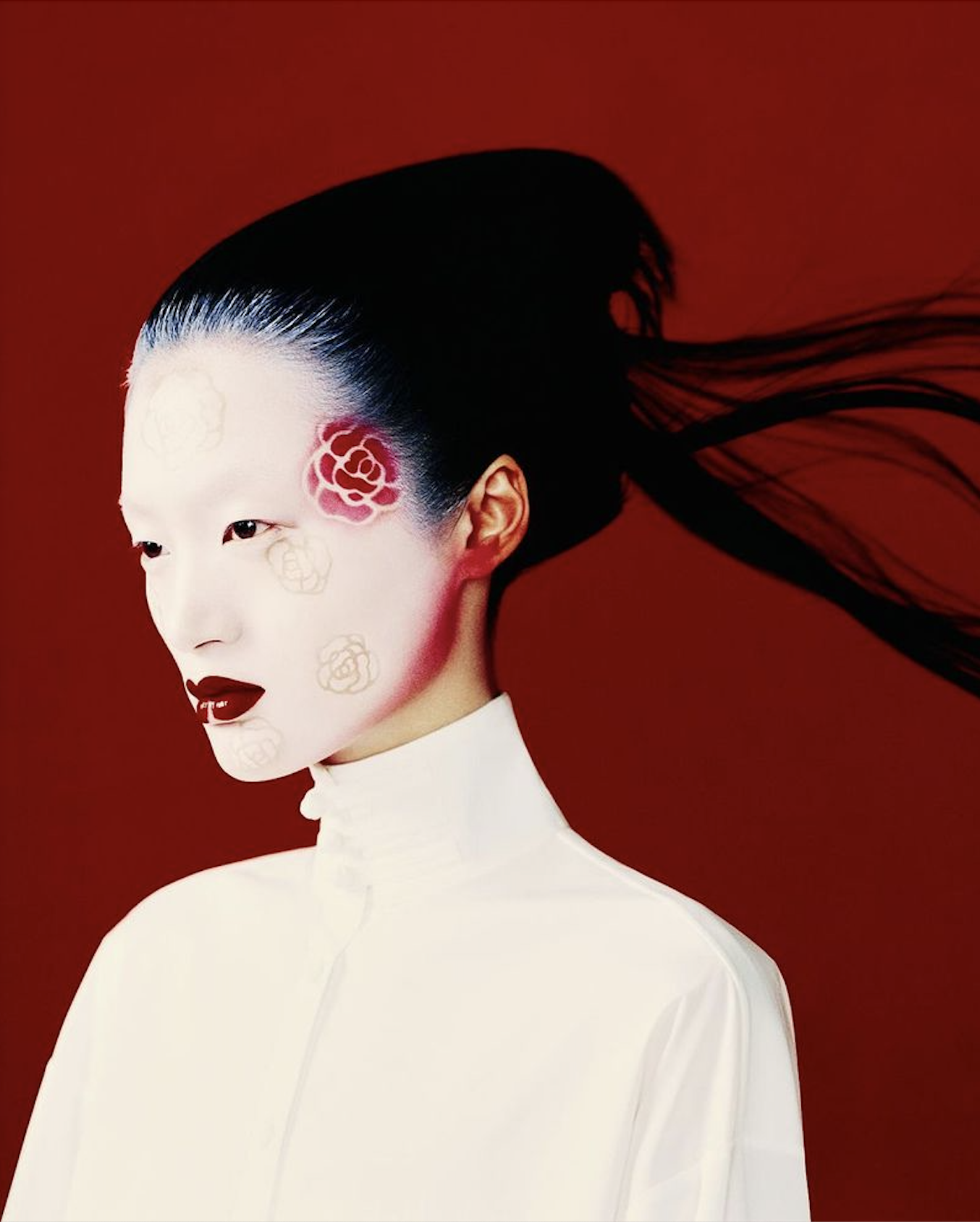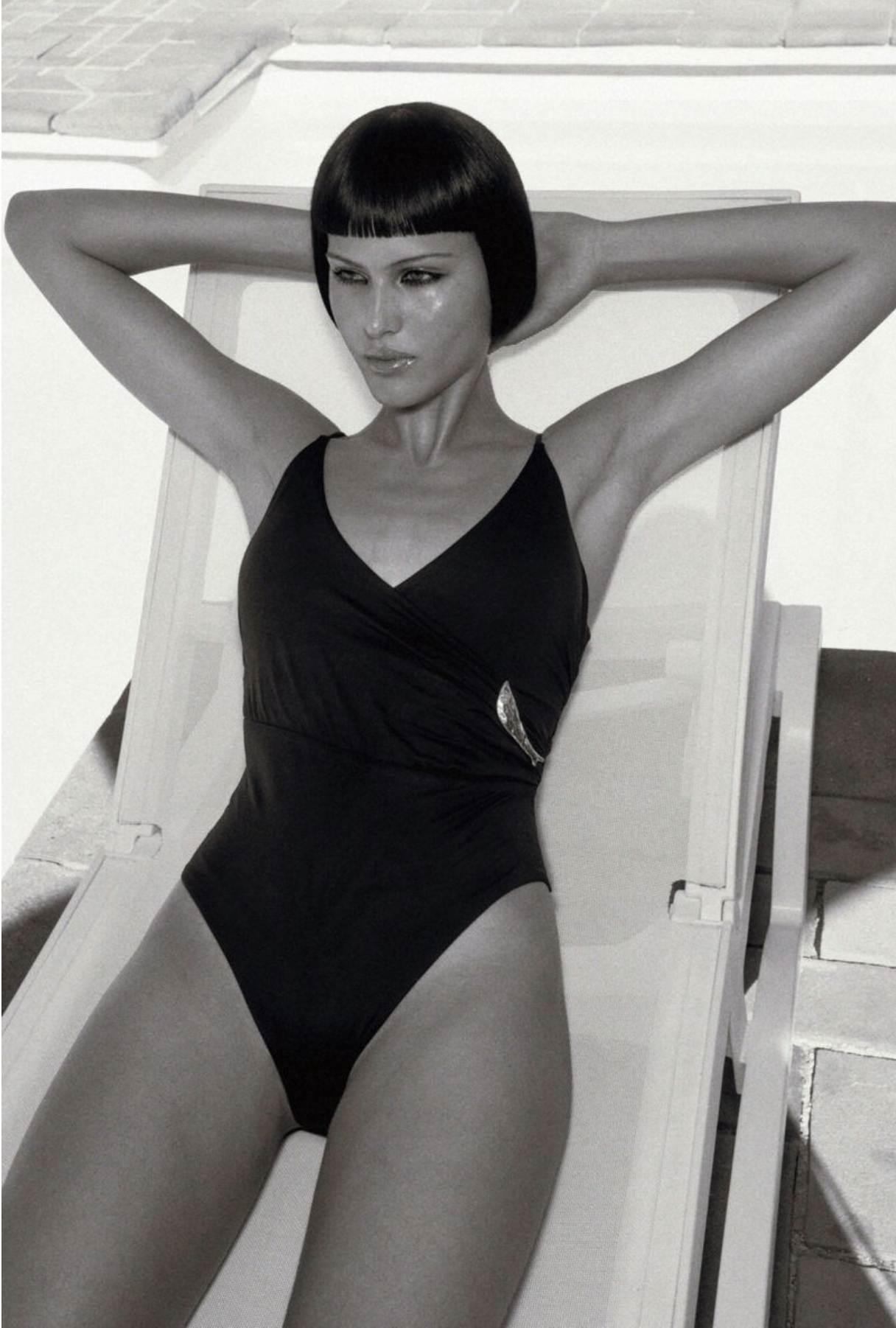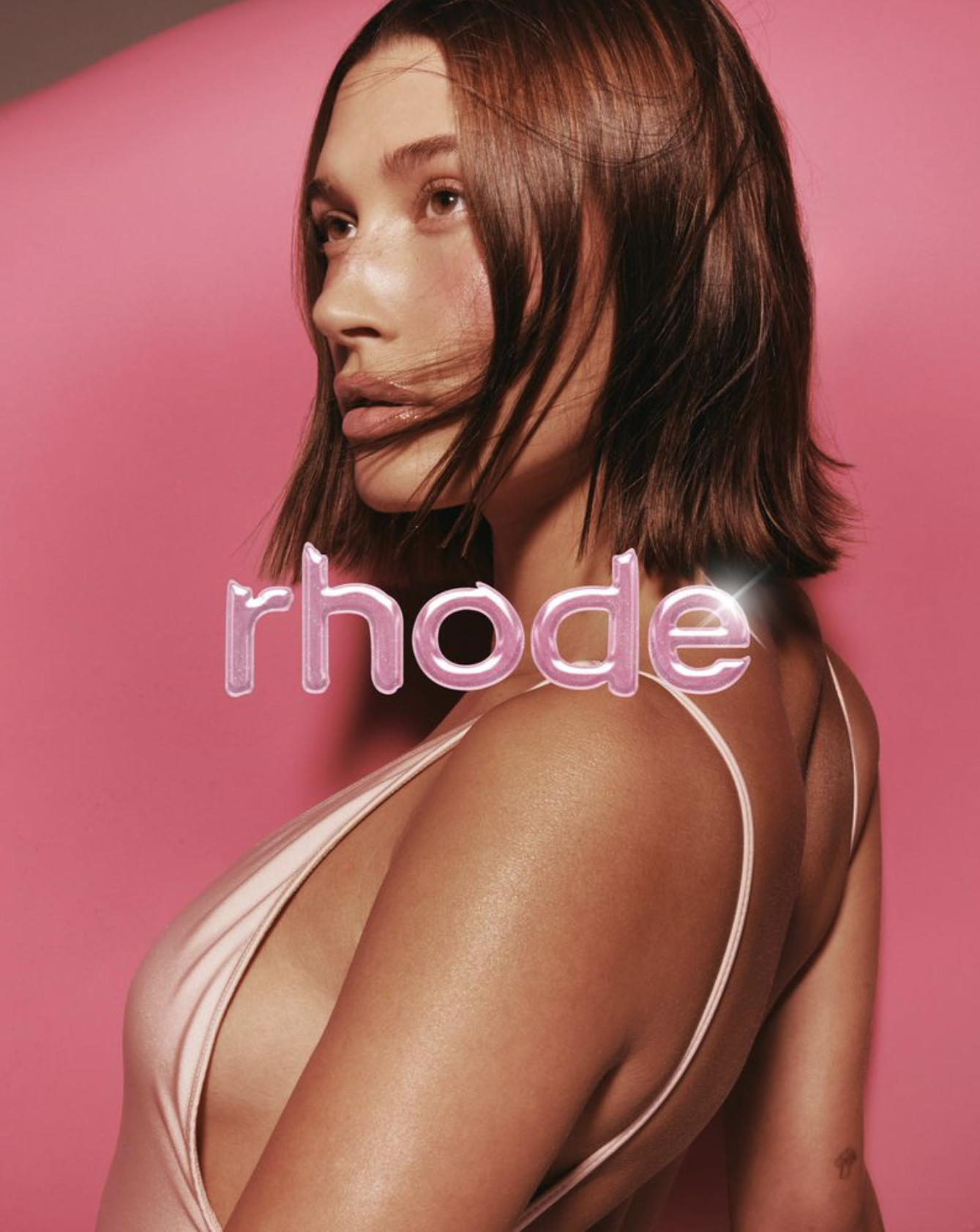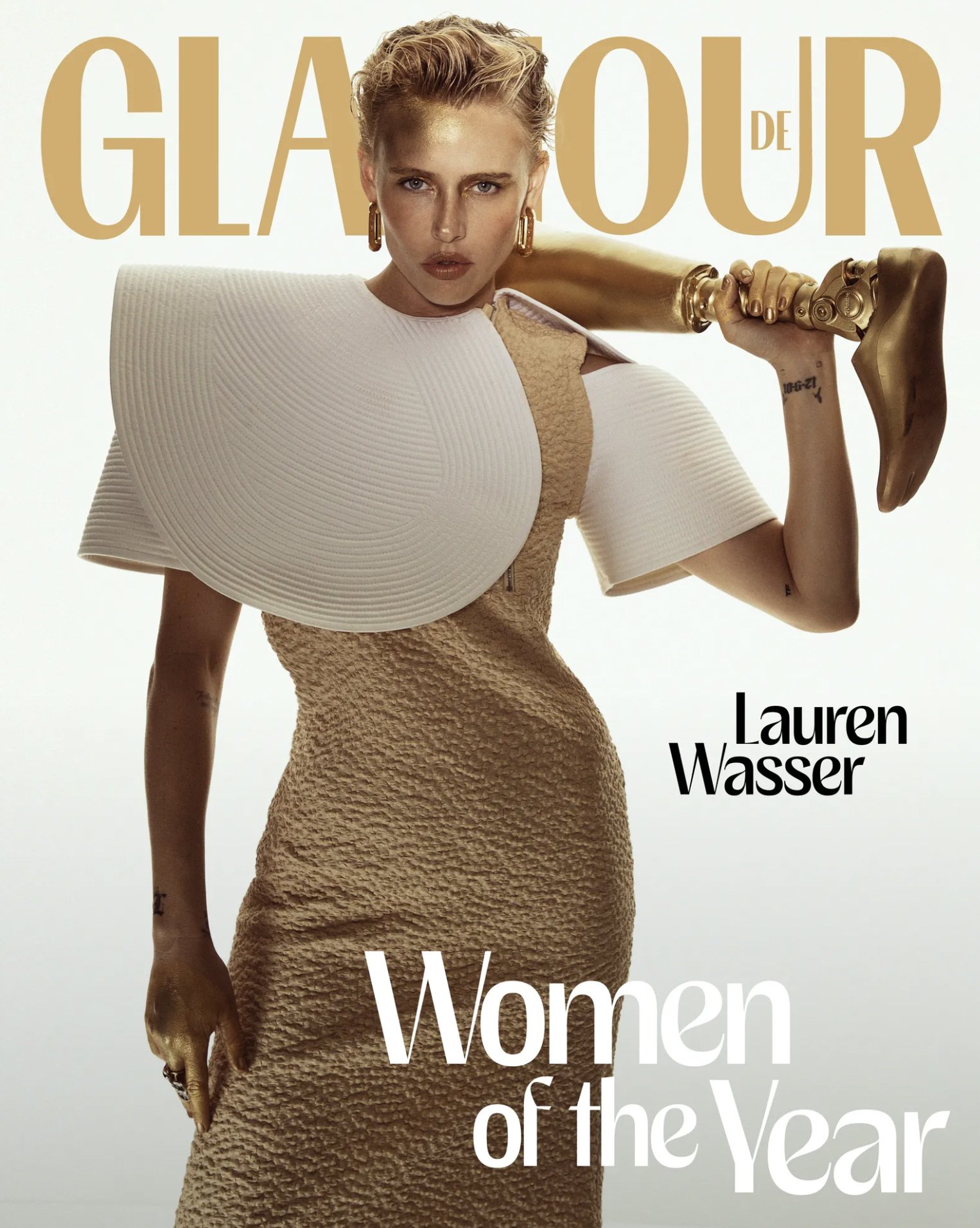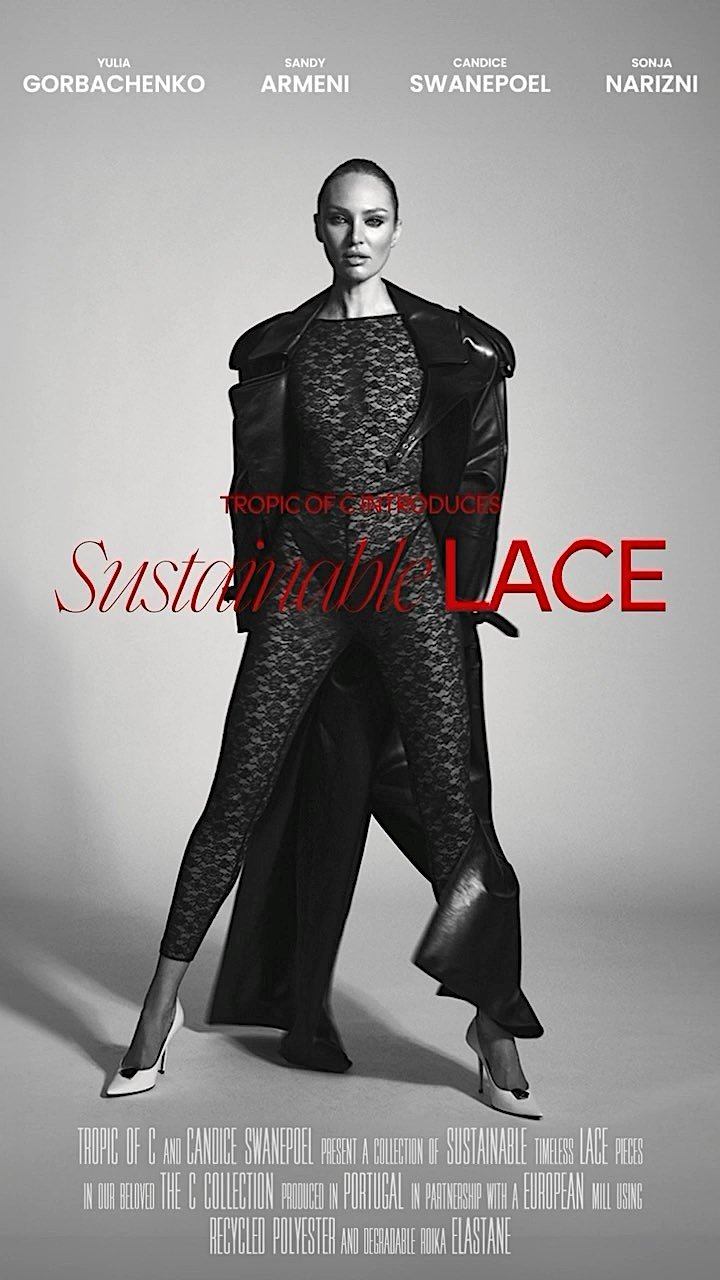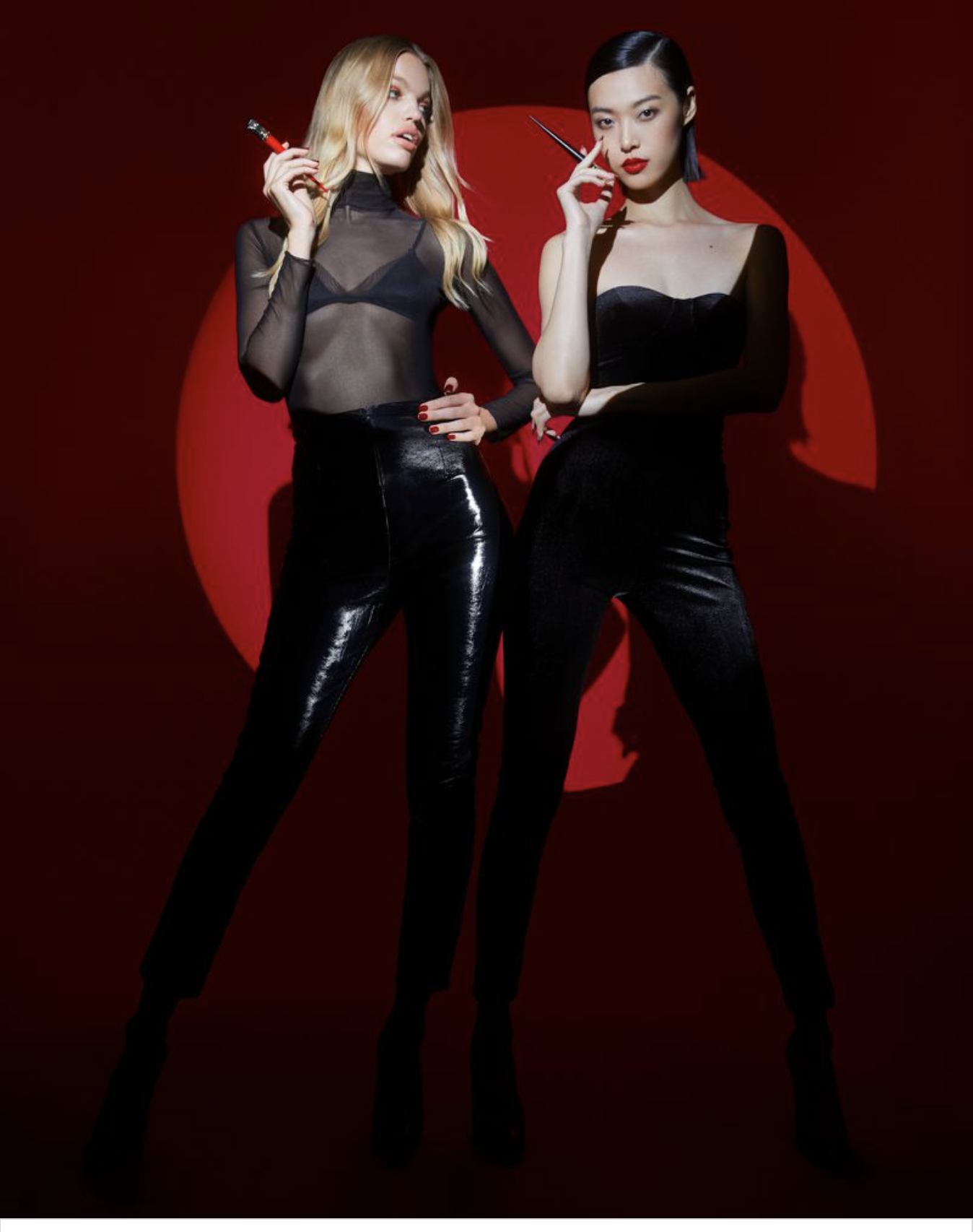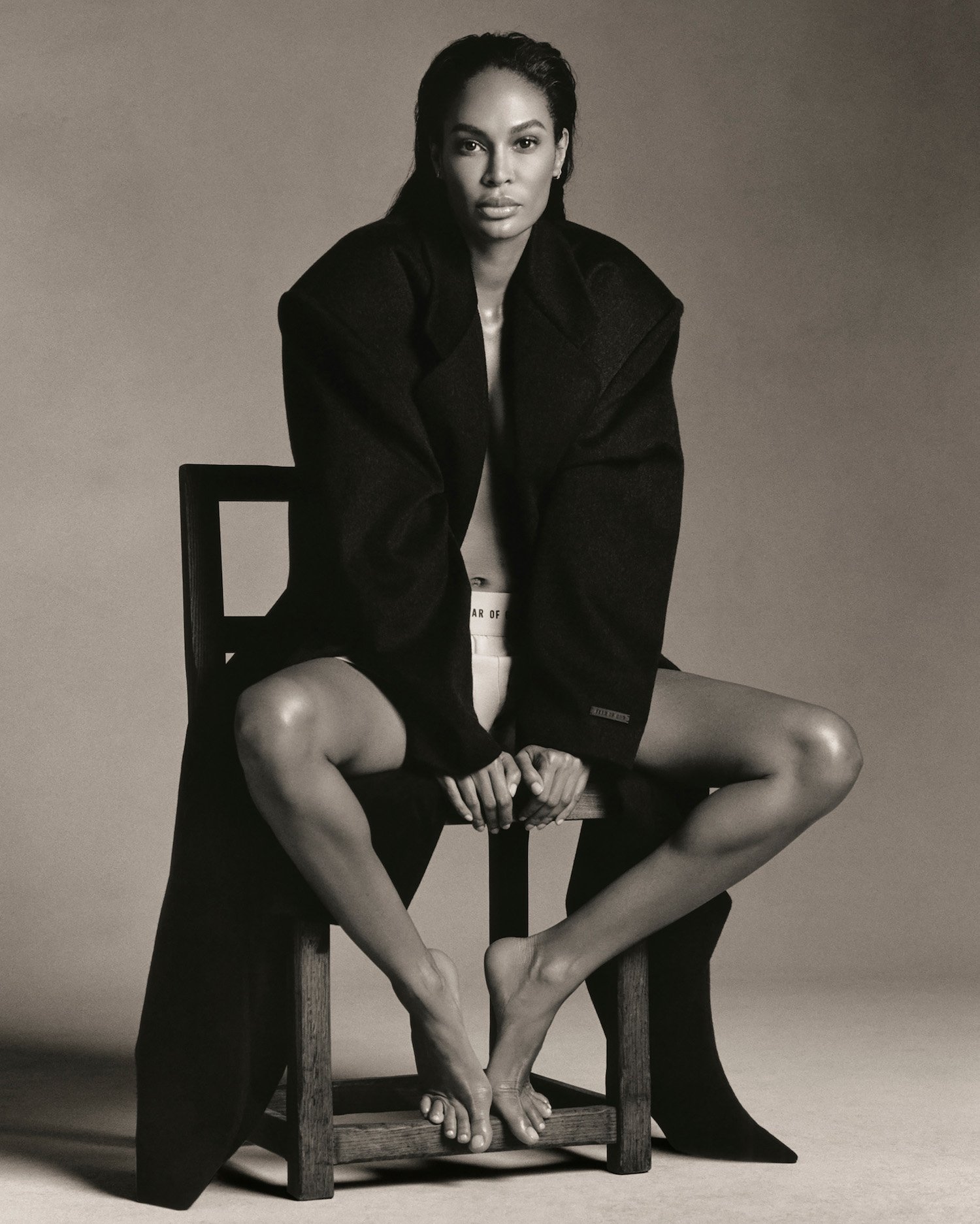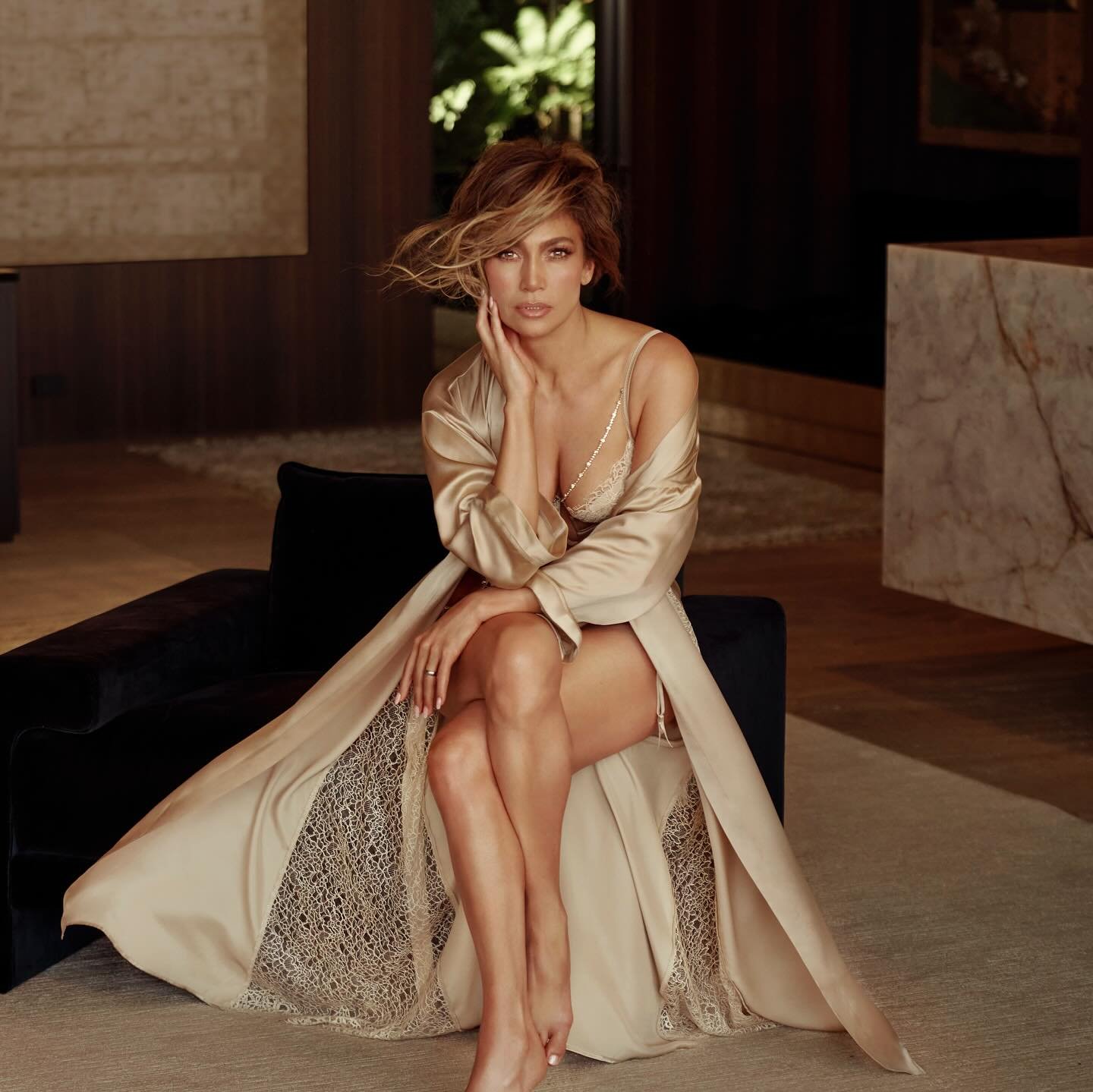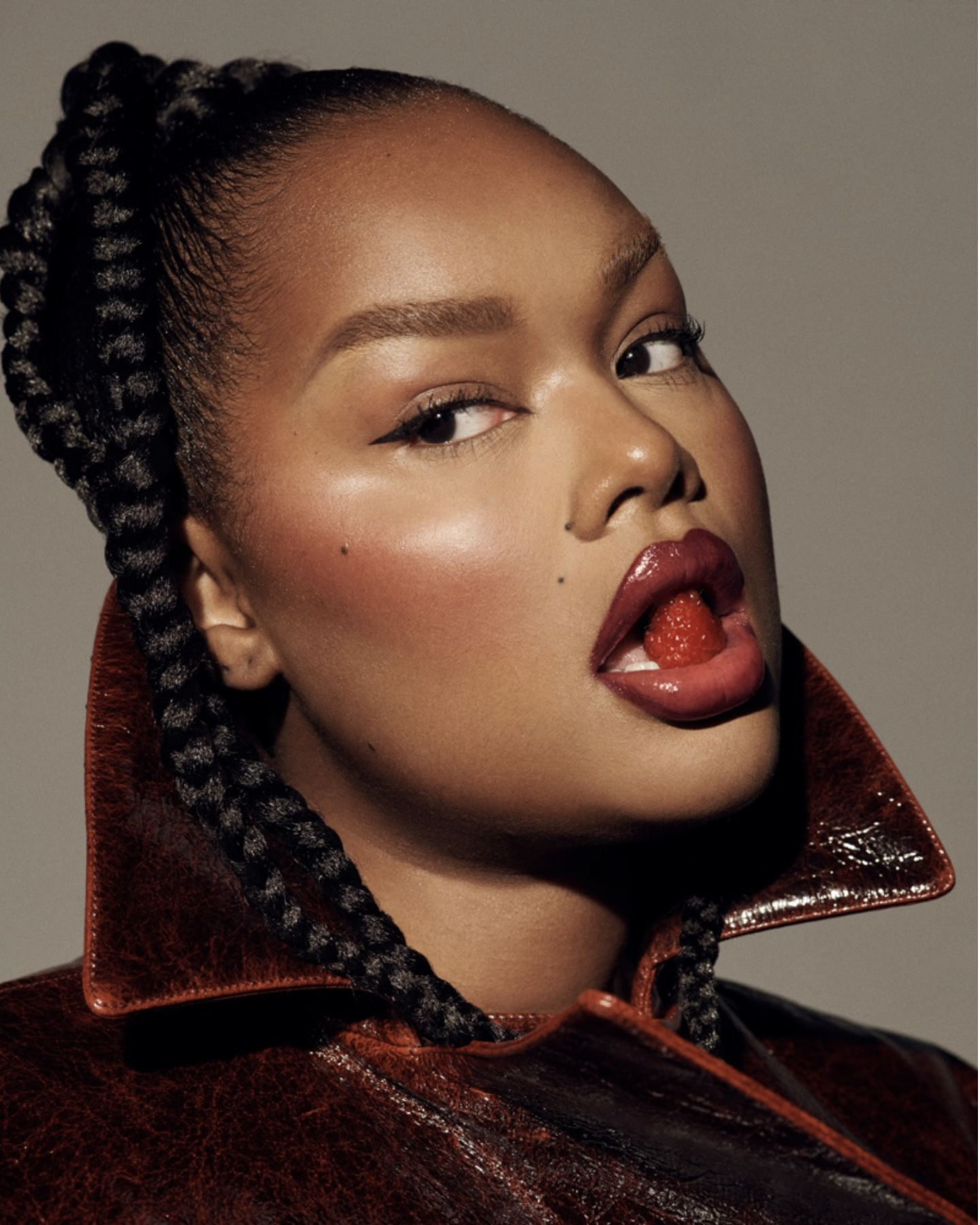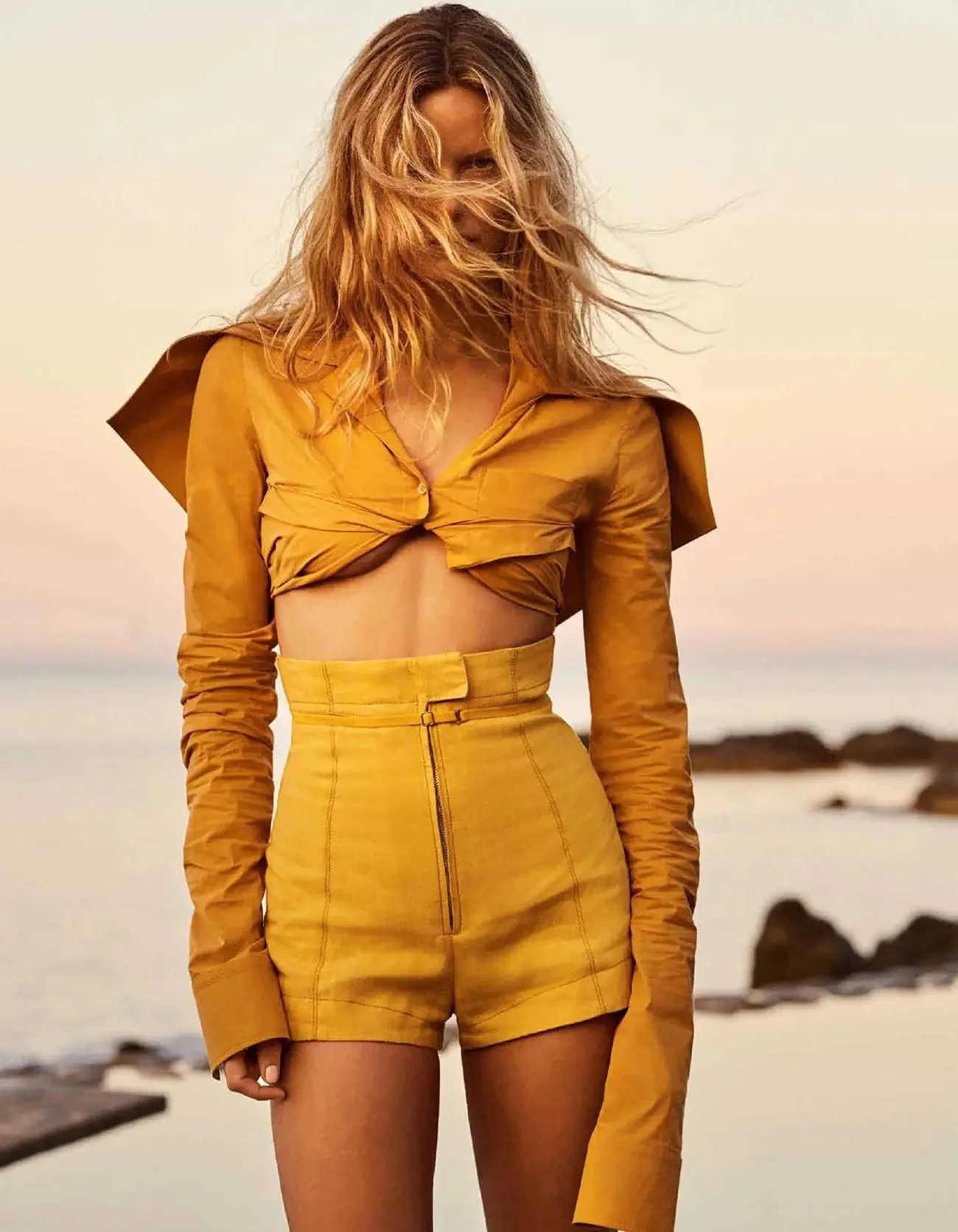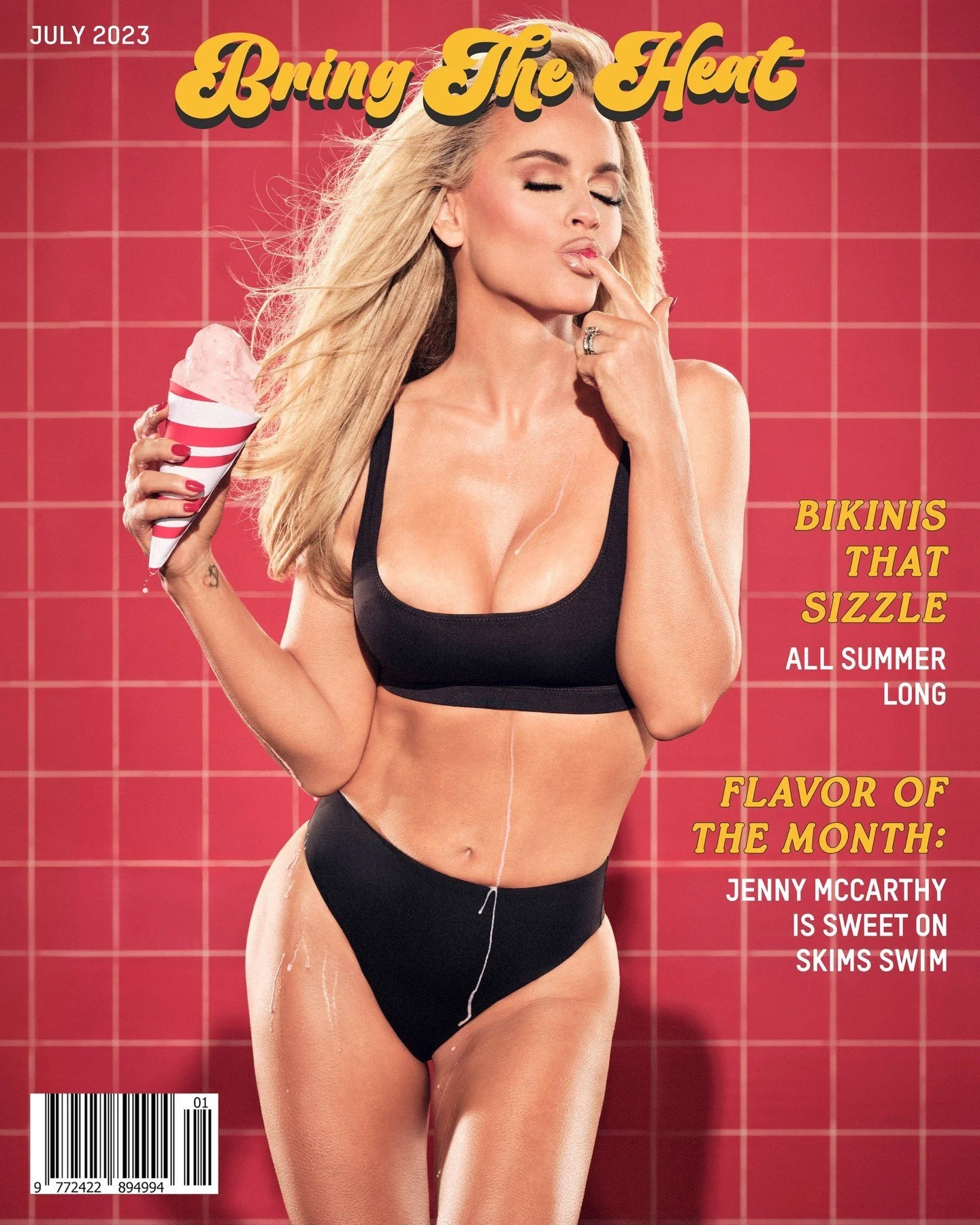Franca Sozzani's Petition Fights Pro Anorexic Websites | Vogue Italia
/Vogue Italia editor Franca Sozzani has teamed up with the Association for Eating Disorders to fight against the proliferation of online secret diaries that share detailed instructions and inspiring testimonials about how to become anorexic.
“There are thousands of these sites and blogs which don’t just support this evil, but push young people into competition over their physical shape,” said Franca Sozzani, Vogue Italia’s editor-in-chief.
Pro-ana websites write Thinspirations, advising readers with statements like “You will be FAT if you eat today. Just put it off one more day.” or “Tape/tack up pictures of your favourite models and always carry one around with you. When you’re hungry, pull out the picture.” via The Guardian
Sozzani says she hopes to launch a much wider campaign to support a healthy body image, making it clear that fashion is ready to get on the frontline and struggle against the disorder.
Writing on her blog, Sozzani details pro-ana websites that promote weight loss:
They teach how to vomit, give advice on which laxatives and diuretics to use, praise and admire those of them who are able to reject food and bad-mouth anybody who tries to make them aware that Ana is actually an illness and that they should look for help. The problem is that these blogs are easily accessible to everybody, especially those confused teenage girls in search for a solution to their complex adolescence related problems.
Rebecka Peebles, professor of the Johns Hopkins Bloomberg School of Public Health in Baltimore surveyed 180 blogs pro-anorexia (pro-ana) and is now launching a warning to the international community.
The survey published on the American Journal of Public Health describes pro-ana diaries as being extremely worrying and dangerous especially because the information they contain is easily available and accessible to everybody with an internet connection: 80% of pro-ana web-sites have interactive applications – to count calories, for instance; 85% of them publishes pictures of extremely skinny and emaciated women to serve as a source of inspiration – called thinspiration; 83% suggests ways to loose weight quickly and gain complete control over the body until reaching the final goal of weighting 45 kilos or even less.
Lastly, 24% of such sites have been stamped as extremely dangerous for its readers.
It should be noted, however, that such web-sites are calls for help: “For many patients, internet becomes a tool to express their feelings rather than doing so through the most traditional healing methods, such as psychotherapy” explain the authors of the survey.
Franca Sozzani asks readers to sign a petition against pro-ana websites. The recent death of French model Isabelle Caro has once again highlighted the complex relationship between fashion and body image.
Always the diplomat on the topic, Sozzani explains that models are young and naturally thin and fashion is not the perpetrator of body image problems. There is significant research that contradicts her assertions.
Is Fashion Blameless on This Topic?
I believe the topic is more complex, given the indisputable reality that fashion downsized the female beauty ideal from a tall size 4-6 Cindy Crawford or Christy Turlington model with breasts and hips to a size 0 model without breasts and hips.
The male body has become fashion’s ideal beauty image for women. The pope of fashion Karl Lagerfeld says the desirable body has no fat and no visible muscle. He is inspired by Hedi Slimane’s preference for slimness, as quoted in Lagerfeld’s Feb. 2004 interview with the Telegraph UK.
In the interview about his own diet Karl Lagerfeld said:
” … suddenly (i) wanted to wear clothes designed by Hedi Slimane, who used to work for Saint Laurent and now creates the Dior Homme collections. But these fashions, modelled by very, very slim boys, required me to lose at least six of my 16 stone.”
Lagerfeld goes on to say:
I think that, for women as well as men, fashion is the healthiest motivation for losing weight. It is not a good idea to wait until you are ill or unhappy before going on a diet. I wasn’t really giving in to a narcissistic impulse either. It was time for a change, that was all.
The results are a body that Lagerfeld loves. “You can pinch me anywhere but you won’t get hold of any flesh. But I didn’t go on the diet so that people could grope me or to be sexy - I wanted to be a good clotheshorse.”
The dominance of the Slimane/Lagerfeld vision is that today’s fashion ideal is this woman: Anja Rubik lensed by Hedi Slimane for Vogue Paris April 2010 issue.
I call this trend Fashion Monasticism and it borders very closely on misogyny against women in my playbook.
AOC supports Sozzani while she works to build global awareness of the links among fashion, anorexia, pro-ana websites and atitudes about women worldwide based on class, sexual preferences and dominant beauty standards.



